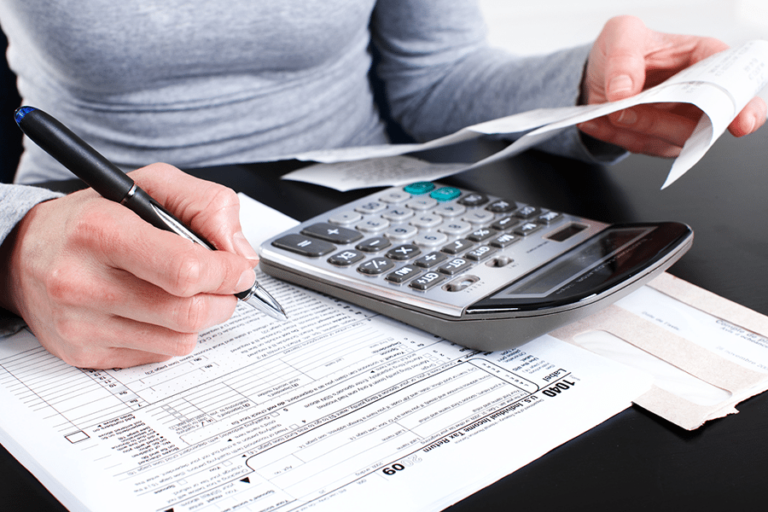Self-employment tax is a necessary part of being your own boss or working as an independent contractor. It consists of Social Security and Medicare taxes, totaling 15.3% of your income. This tax must be paid on any self-employment income of $400 or more, regardless of whether you receive a 1099-MISC form.
Who has to pay self-employment tax? Anyone who earns $400 or more in self-employment income falls under this requirement. This includes sole proprietors, partners in partnerships, members of LLCs taxed as sole proprietorships or partnerships, and independent contractors such as graphic designers or Uber drivers. While sole proprietors and partnerships should receive Form 1099-MISC from clients who pay them over $600, the income is taxable even without this form.
Calculating self-employment tax can be complex, especially when you have both self-employment income and W-2 wages. The maximum income subject to Social Security tax in 2025 is $176,100, which includes both W-2 wages and self-employment income. For example, if you have $200,000 in self-employment income and $40,000 in wages, only $136,100 of the self-employment income is subject to Social Security tax.
Reporting self-employment tax is done annually using Schedule SE, which must be attached to your individual tax return (Form 1040). Quarterly payments of self-employment tax are also required throughout the year, along with any estimated income tax due.
If you find yourself owing a significant amount in self-employment tax, it’s because you’re responsible for paying both the employer and employee portions of Social Security and Medicare taxes. This can make the tax burden seem higher compared to traditional employment where the employer typically covers a portion of these taxes.
In conclusion, understanding and managing self-employment tax is crucial for anyone working for themselves. By staying informed on the requirements and calculations, you can ensure compliance with the IRS and avoid any potential penalties. As employees split the cost of Social Security and Medicare with their employer, self-employed taxpayers bear the entire amount themselves. This can often come as a surprise to individuals who transition from being W-2 employees to self-employed or add freelance income to their earnings. In addition to the regular income tax on supplemental income, self-employed individuals are responsible for both halves of the self-employment tax.
Self-employed individuals can deduct 50% of their self-employment taxes on Line 15 of Schedule 1 when filing IRS Form 1040. This deduction can help offset some of the tax burden that comes with being self-employed. In addition to this deduction, there are various other deductions that self-employed individuals can claim. These deductions include expenses such as home office use, health insurance premiums, travel expenses, meals, and interest expenses. It is important for self-employed individuals to be aware of these deductions and take advantage of them to minimize their tax liability.
Understanding the calculation of self-employment tax is crucial for self-employed individuals to better prepare for quarterly estimates and avoid surprise tax bills. By staying informed about the tax implications of self-employment, individuals can effectively manage their finances and ensure compliance with tax laws.
In conclusion, self-employment taxes can be a significant financial burden for individuals who are self-employed. However, by taking advantage of deductions and understanding how self-employment tax is calculated, self-employed individuals can navigate the tax system more effectively. It is important for self-employed individuals to stay informed about their tax obligations and seek professional guidance if needed to ensure compliance with tax laws.

